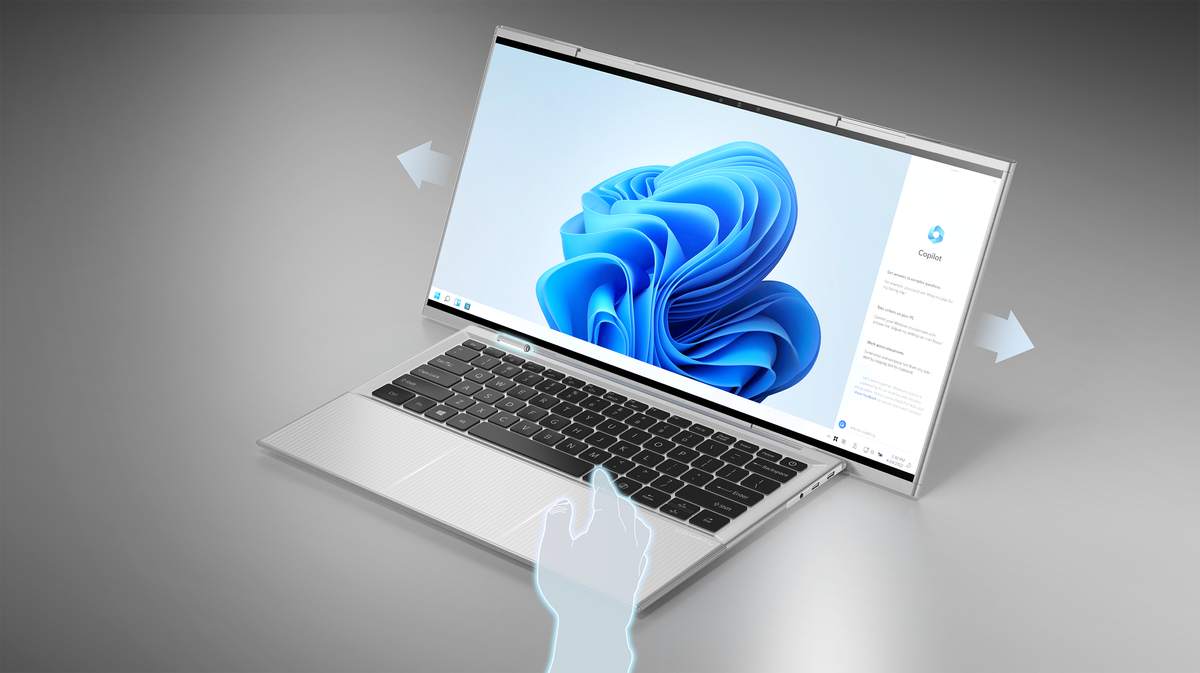If you've ever considered installing an AIO (all-in-one) liquid cooler for a processor but never done it, a new invention might tempt you to test the waters (so to speak).
A traditional AIO liquid cooling system has a block with a pump sitting in a CPU, connected by two hoses connected to a radiator unit that has several fans (often two or three) that cool the liquid as it is pumped into a circuit. This provides more efficient cooling than a typical air-based solution, which typically consists of a single fan and heat sink. The cooler your CPU runs, the more it can increase its processing speed.
The new invention in question is essentially an elegant AIO system that does not require a traditional pump and instead uses a “thermosyphon principle” for cooling. This means it's quieter (without that pump), with other benefits besides those we'll mention again, and one notable drawback.
This is a Wieland cooler, currently a prototype, which was tested on YouTube by well-known overclocker Der8auer (tip to VideoCardz).
Der8auer compared the Wieland concept to a traditional 240mm AIO liquid cooler from Corsair (the Wieland cooler also uses a pair of 120mm fans, just like the Corsair product).
The results were that the Wieland ran well, and certainly quieter, and cooled the CPU quite well during gaming tests. It wasn't as effective as the Corsair AIO, however, the Ryzen 9 7950X on the test PC ran about 8 degrees hotter with the Wieland cooler.
In Cinebench R23 stress tests, the Wieland wasn't far off the mark either, although the AMD processor ran 150MHz to 200MHz slower than with the Corsair cooler.
With some work, this could be a great option.
As Der8auer pointed out, with the Wieland about 8 degrees behind the Corsair AIO, it's about the same level of effectiveness as a solid air cooler, which isn't great for liquid cooling. But remember: this is just an initial working prototype and, for a model of this type, it looks reasonably promising.
There are possible improvements to be made, as the overclocking expert explains in the video, such as refining the construction (closing gaps in the construction) and considering different materials, or increasing the size of the radiator. We're told that a 4-5 degree improvement seems feasible and that would leave the Wieland looking quite competitive with a traditional AIO. As far as slightly higher temperatures go, you would get a noticeably quieter cooler and it would probably also be cheaper and more durable since it wouldn't have some of the moving parts that a pump mechanism has.
It's not that the Wieland can't fail, of course, but if it leaks, which is obviously the worst nightmare for any PC owner with liquid cooling bubbling up inside its case, it might not be as disastrous as with an AIO. traditional yes The Wieland refrigerator uses steam instead of liquid. In that case, you would get a vapor leak instead of liquid, which wouldn't be as catastrophic for your PC's internal components.
It's worth remembering that Der8auer and others have tested this type of pumpless AIO system before, and it hasn't hit the market yet. Perhaps Wieland will advance his prototype and manage what other companies have not yet discovered: a real product of this nature that could be competing for the title of best CPU cooler at some point. Or, of course, it could come to nothing: steam articles, so to speak.








